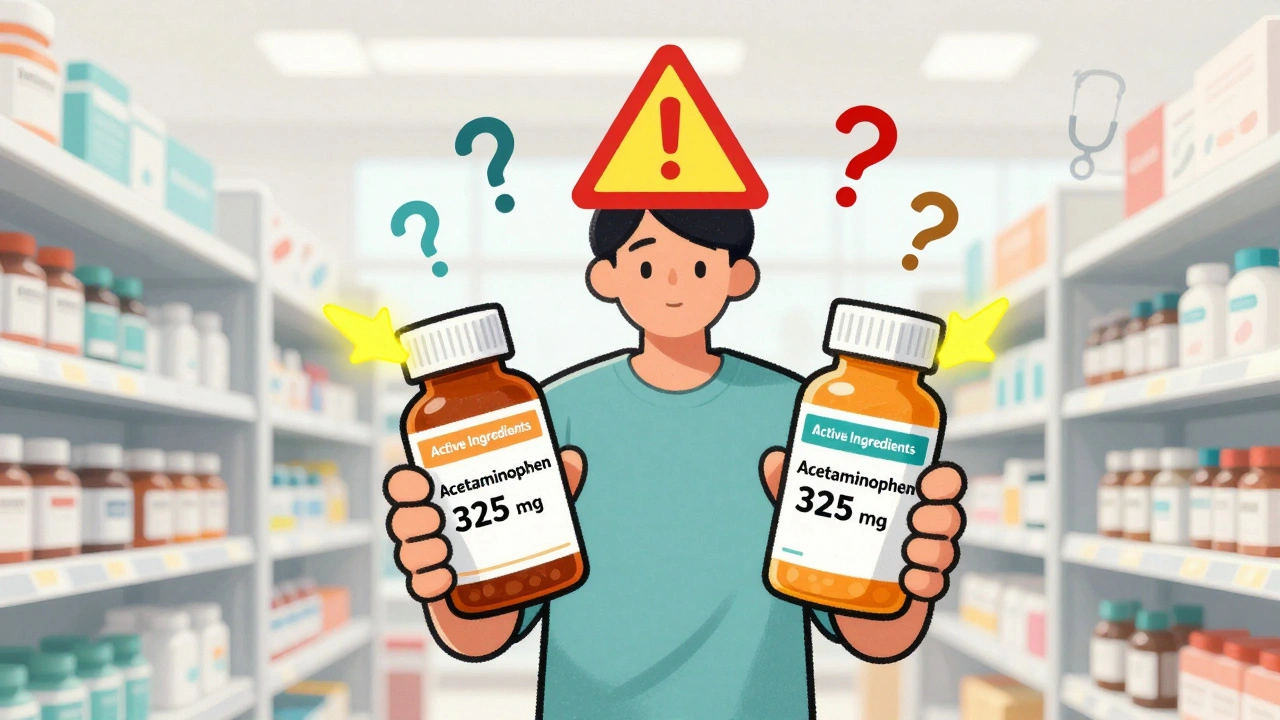Bipolar Disorder: What You Need to Know Today
Bipolar disorder isn’t just mood swings—it’s a complex mental health condition with highs (mania) and lows (depression) that affect daily life. It can be confusing at first, but knowing the basics helps you spot signs early and get the right help.
People with bipolar disorder often experience intense mood changes that can last days or weeks. During manic phases, you might feel extremely energetic, overly confident, or restless. On the flip side, depressive episodes bring low energy, sadness, or loss of interest in things you used to enjoy.
Spotting Symptoms and When to Seek Help
Noticing the pattern of mood shifts is key. Sudden bursts of energy combined with risky behavior or sleeplessness can be a clue. Likewise, long spells of feeling down or withdrawn might signal a depressive phase. If these mood changes disrupt work, relationships, or sleep, it’s time to talk to a healthcare provider.
A mental health professional can help with proper diagnosis and tailor a treatment plan. Treatment often combines medication like mood stabilizers or therapy to manage symptoms and improve quality of life.
Managing Bipolar Disorder Every Day
Living with bipolar disorder means keeping mood swings in check through daily routines. Regular sleep, balanced diet, and exercise can make a big difference. It also helps to track your moods—apps or journals can warn you if a mood shift is coming, so you can reach out for support early.
Remember, bipolar disorder doesn’t control you. With the right tools and support, it’s possible to live a stable and fulfilling life. Stay informed, seek help early, and connect with others who understand what you’re going through.

Lithium Guide: Benefits, Side Effects, Uses, and Safety Explained
Explore lithium medication: how it works, its benefits, possible side effects, safety tips, and what to ask your doctor. A must-read guide for anyone curious.





